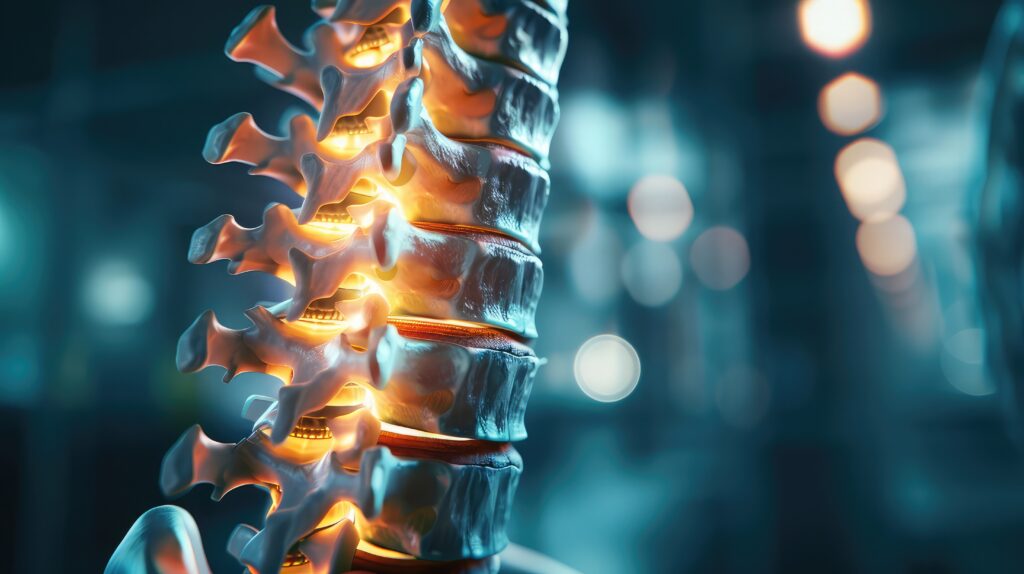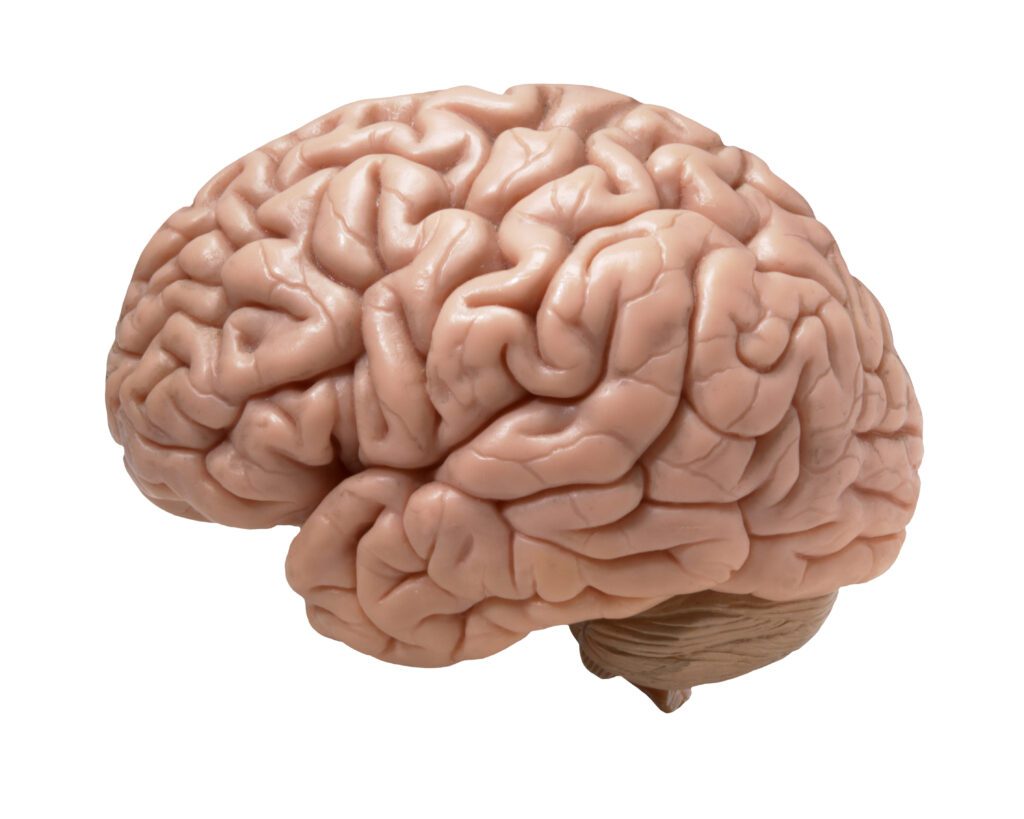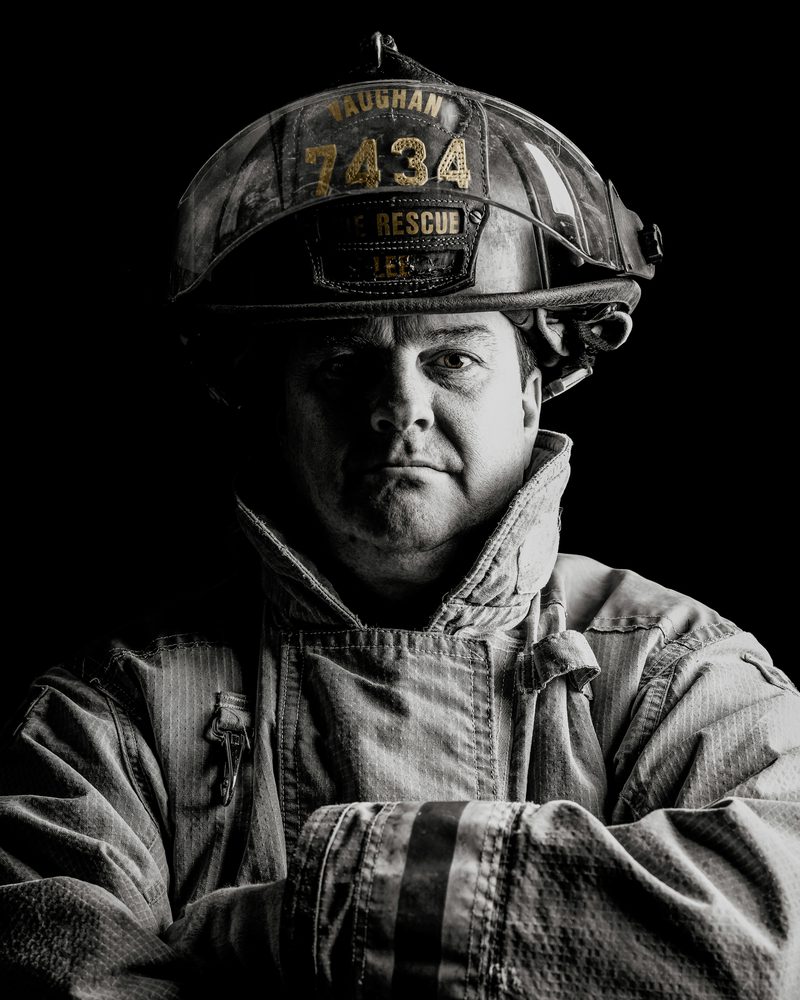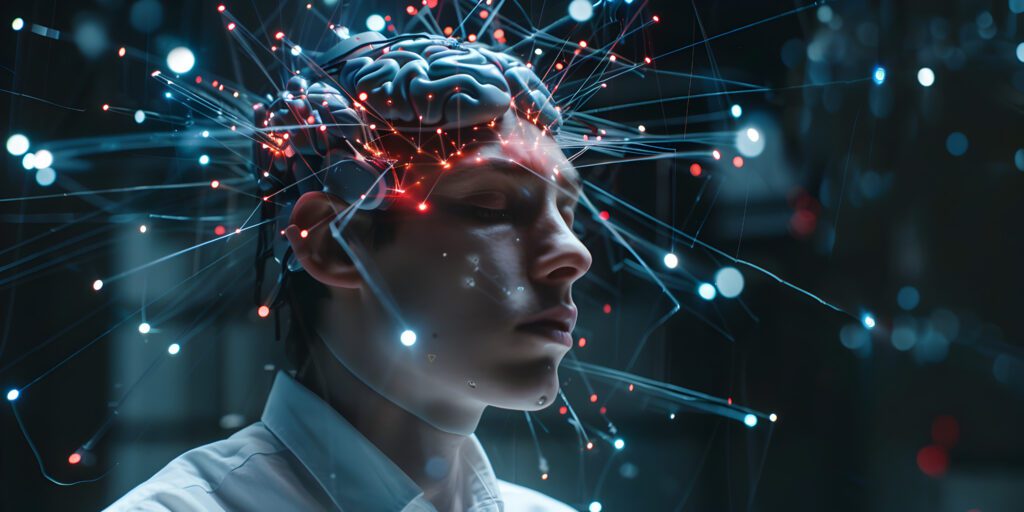Introduction
When most of us think about aging well, we focus on diet, exercise, social life, mind games. And those are important. But there’s one foundation often overlooked: the spine and nervous system.
Research shows that hyperkyphosis—an excessive forward curve of the upper spine—not only impacts posture and function but is also independently linked to higher mortality. In parallel, insights from Blue Zones reveal that longevity isn’t just about food and purpose—it’s about living environments and daily movement that support the body’s structure and nervous system.
This post makes the case: without spinal alignment and neurological function, all the other longevity strategies are built on shaky ground.
1. Hyperkyphosis and Its Hidden Cost
What Studies Show
- A landmark study in Rancho Bernardo, California, followed older adults for around 4 years. Those with hyperkyphotic posture—measured by how many small blocks were needed under the head when lying supine—had a 40% higher rate of mortality, even after adjusting for age, sex, bone density, and health behaviors (ResearchGate).
- In women with vertebral fractures, hyperkyphosis predicted mortality independent of osteoporosis (PMC).
- The severity of kyphosis was directly linked with higher mortality rates: greater curvature, greater risk (PMC).
- A recent 2022 Japanese study found that older adults with mild kyphotic posture had an 8% mortality rate, and those with severe posture had a 13% rate—both higher than those without kyphosis (BMJ Open).
- Beyond mortality, kyphosis impairs balance and increases fall risk—a clear danger that compounds injury and health decline (ScienceDirect).
Put Simply
If your thoracic spine loses alignment, your body’s core support weakens. Breathing suffers. Balance fails. Your nervous system must overcompensate. Over time, this adds physiological stress—and as data shows, shortens life span.
2. Blue Zones: Clues to a Foundation of Healthy Aging
Blue Zones—regions like Okinawa, Ikaria, Nicoya, Sardinia, and Loma Linda—are home to world-class longevity. Their residents don’t eat special pills or train in the gym. Instead, they live in ways that support spinal and neurological integrity as a natural consequence.
The Power 9 Principles
Dan Buettner’s “Power 9®” captures the shared lifestyle characteristics across these long-lived populations (NCBI, Verywell Mind, online.aging.ufl.edu):
- Move Naturally – Daily life involves gardening, walking, carrying, no modern conveniences. Movement isn’t a task; it’s life.
- Purpose (“Ikigai” or “Plan de Vida”) – A clear sense of meaning can add up to seven extra years of life (NCBI, online.aging.ufl.edu).
- Down-Shift Stress – Rituals like napping, prayer, or rest reduce chronic inflammation (NCBI).
- Plant-Slant Diet and 80% Rule – Diets are rich in plants, beans, whole grains, and people stop eating when 80% full (online.aging.ufl.edu, Verywell Mind).
- Social and Family Networks, Belonging – Strong, tight-knit communities provide emotional, physical, and neurological support (NCBI, Verywell Mind).
- Moderate Wine, Faith Communities, Sleep, Supportive Environments – All contribute to stress reduction and systemic health (NCBI, News-Medical).
Why It Matters for Spine and Nervous System
- Natural, low-impact movement promotes spinal mobility, strength, and postural integrity.
- Purpose and social networks help maintain neurological health, reducing stress that undermines posture and resilience.
- Low-stress rituals regulate the nervous system—critical for muscle tone, coordination, and postural control.
3. The Spine–Neurology Link: The Foundation No One Mentions
Aging brains and bodies depend on more than diet and cognition—they need structural integrity and a balanced autonomic system.
Neuroscience and the Aging Brain
- Adult neurogenesis (new neuron creation) is limited but benefits from physical activity, stress management, enrichment, and socialization (Wikipedia).
- Exercise and enriched environments slow brain volume loss and preserve synaptic function.
- The locus coeruleus—a small nucleus in the brainstem vital for attention, memory, and stress response—is susceptible in aging, but keeping it healthy supports neurological resilience (Cornell Chronicle).
Why Spinal Alignment Supports Neurology
- Misalignment strains the sympathetic and parasympathetic systems. It alters proprioception (body awareness), disrupts balance, impedes respiratory efficiency, and limits sensory input—all of which degrade nerve function.
- Think of the spine as the information highway. If it’s kinked, messages don’t travel well.
4. Your Body Is Built on Posture: Why Other Healthy Habits Support or Fail
North American health advice often falls into silos: diet, exercise, brains, social.
But these pillars can only support you if your foundation—the spine and nervous system—is sound.
- You might eat well, but poor posture restricts lung capacity and circulation, undermining metabolic processes (Chiropractic Economics).
- You might “exercise,” but if your balance and alignment fail, injury risk skyrockets.
- You might train your mind, but compromised interoception and stress dysregulation weaken cognitive resilience.
- In Blue Zones, people don’t think about these mechanics—they’re built into daily life.
5. Practical Takeaways: Building Lifelong Alignment and Nervous-System Resilience
Here are actionable, patient-centered ways to bring structural integrity into daily living:
A. Postural Check-In
- Pay attention to how your head, shoulders, and spine align when seated or standing.
- Forward head posture can add as much as 30 pounds of strain and reduce lung capacity by up to 30% (Chiropractic Economics).
B. Integrate Natural Movement
- Walk more. Choose gardening, stairs, carrying groceries by hand—not using gadgets.
- Even short movement breaks every 20 minutes mimic Blue Zones “move naturally” patterns.
C. Stress Rituals
- Adopt daily decompression habits—like a brief pause, breathing or light stretching—modeled on Blue Zone “down-shift” customs.
- Encourage sense of purpose: ask “why I’m here today?”—a simple mental posture.
D. Strengthen and Mobilize the Spine
- Gentle thoracic extension exercises, spinal traction tools (like Denneroll or 3-D traction), chiropractic or CBP-certified adjustments can help re-align curves.
- Even small improvements in posture can improve lung function, balance, and nervous-system regulation.
E. Support the Nervous System
- Breathing techniques, mindful movement, social support, sleep rhythms—all bolster brainstem and autonomic function, maintaining the locus coeruleus and wider neurological pathways.
F. Nutrition and Social Habits
- Follow plant-slant diets, purpose, belonging, and stress habits—not as isolated “habits,” but as lifestyle forms that support structural and neurological health.
6. Summing It Up: Why It Matters Now
- Science shows that hyperkyphosis is more than posture—it’s linked directly to higher mortality and impaired function (ResearchGate, BMJ Open, PMC, ScienceDirect).
- Blue Zones teach us that longevity arises not from supplementation, but from environments that naturally reinforce posture, balance, stress reduction, and social integration (NCBI, Verywell Mind, HappyNeuron Pro – Blog).
- Neuroscience confirms that body structure and nerve function are interwoven—movement, alignment, and stress regulation are essential for brain and life health (Wikipedia, Cornell Chronicle).
Final Thought
All the effort you’ve put into diet, exercise, mental challenges, community, purpose… without a well-aligned spine and balanced nervous system, that effort may be undermined.
Begin with posture. Build from inside out. A properly functioning spine and nervous system is the bedrock of physical resilience, cognitive strength, and longevity. From there, every other pillar of aging well gains real support.
Ready to make a change and upgrade your health?
Book your complimentary consultation with a 100+ Living doctor today. 100+ Living Health Centres is the only Advanced Certified Chiropractic BioPhysics office in the Interior of British Columbia. Our team is dedicated to helping you improve posture, restore spinal health, and support a properly functioning nervous system—the foundation for living strong and vibrant into your 100s.









